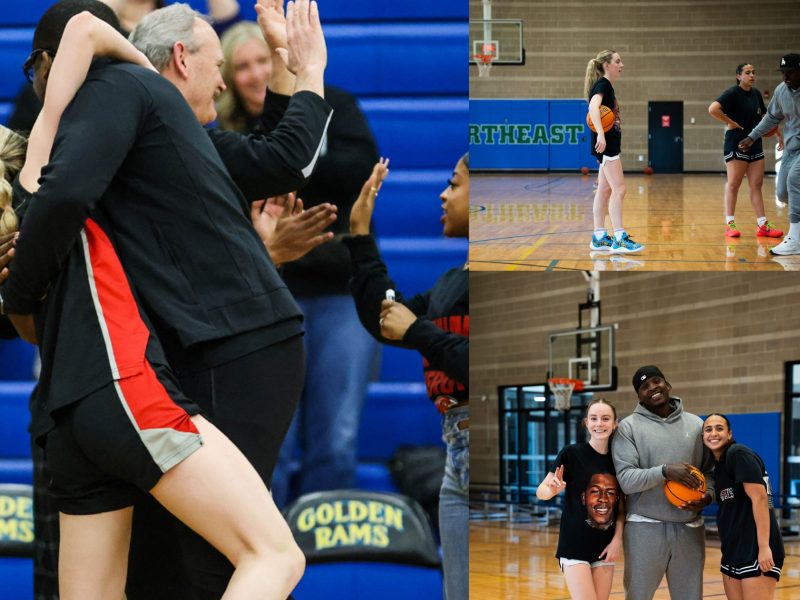
Holyfield
Any time an ESPN 30 for 30 comes out, I attempt to carve out whatever amount of time is necessary to sit down and watch. Some are brilliant and some are disappointing, but all offer a unique perspective and insight into quintessential aspects of sports lore. No Crossover: The Trial of Allen Iverson humanized one of professional basketball’s most enigmatic bad boys; Slaying the Badgers turned a cycling rivalry into an exhilarating tale of competitive drive and good versus evil; Big Shot showed the world how the hell a guy can scam his way into owning the New York Islanders without possessing any of the necessary funds. Directed by Steven Cantor, Chasing Tyson, the latest 30 for 30, garners sympathy for one of boxing’s great warriors, Evander Holyfield, who couldn’t escape the shadow (or the bite) of Mike Tyson.
Despite its title, Chasing Tyson is wholeheartedly a Holyfield film. He is painted as the anti-Tyson: a deeply religious, soft-spoken man who doesn’t smoke or drink. At its core, Chasing Tyson is a study of human nature, where in a case of good (Holyfield) verses evil (Tyson), the latter continually piques fan interest. When two competitors are equally dominant, the audience will be drawn not to the humble Holyfield, but to the unpredictable, volatile wrecking ball inside and outside of the ring that is Tyson. Speaking on Holyfield’s origins as a boxer in the documentary, Tyson says, “He came out of nowhere; he came out of a puff of smoke and started beating everybody.” In Chasing Tyson, Cantor illustrates how Holyfield’s “puff of smoke” was never able to reach the level of Tyson’s all-encompassing storm.
However, more important than the film itself is the time at which Chasing Tyson is being released. As incredible as the shots of Holyfield doing a Zumba-style workout while dressed in Richard Simmons-esque attire are, it’s the footage of Tyson’s and Holyfield’s heavyweight brawls that steal the show. The punishing force of each punch, the unbelievable humans who rise after being knocked to the floor and the fighters’ Adonis-like builds emphasize just why the sport has fallen out of popularity. Fans don’t want to see Floyd Mayweather dance around the ring as he strategically defeats an opponent that he’s far more talented than to begin with. They want to see an up-and-comer hit Mayweather until his face is unrecognizable. Through Chasing Tyson, we not only see where boxing has fallen off, but also begin to crave a resurrection of that fallen era.
Chronicling everything from Holyfield’s beginnings, Tyson’s turmoil and the infamous ear-biting incident, Chasing Tyson provides pleasant nostalgia for the late-’80s or early-’90s boxing fan and allows the younger sports aficionado to understand what exactly was so special about the forgotten heavyweight era that their fathers still brag about. It was a world in which brute strength met feline agility, where good and evil were pitted against each other with the antagonist often standing over a bloodied, humble hero when the final bell rung. For the generation who watched their first and only fight in Mayweather/Pacquiao and were left questioning how boxing was ever a must-see event, Chasing Tyson is a hard-hitting uppercut to the jaw of an answer.


